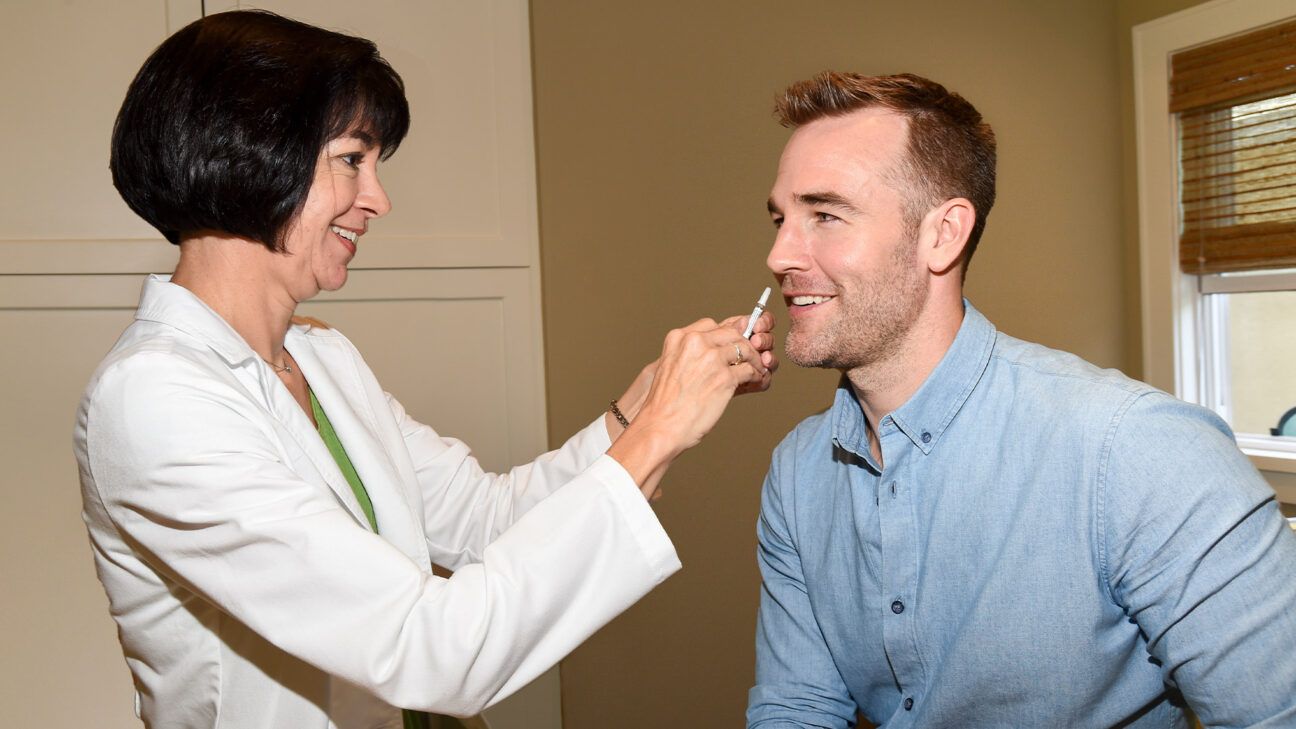3 More Benefits GLP-1 Drugs Like Ozempic May Provide in Addition to Weight Loss

- GLP-1 medications are most often used to treat type 2 diabetes and obesity.
- However, new research has found that they may have other applications.
- They may help lower the risk of opioid overdose as well as early death.
- They might also help reduce the symptoms of hidradenitis suppurativa, a chronic skin condition.
GLP-1 drugs like Ozempic, Wegovy, Mounjaro, and Zepbound have gained popularity in recent years due to their ability to help manage type 2 diabetes and aid with weight loss.
However, researchers are finding other promising applications for these drugs as well.
From protecting against heart attacks and strokes to lowering the risk of developing severe COVID-19, a number of new studies suggest GLP-1s could help prevent and treat several conditions, including brand-new research that has linked them with three additional health benefits: treating the chronic skin condition hidradenitis suppurativa (HS), lowing the risk of an opioid overdose, and reducing the risk of early death.
Semaglutide linked with reduced risk of opioid overdose
A September 25, 2024, study published in JAMA Network Open found an association between semaglutide use and a significantly lower risk of opioid overdose over the course of one year.
Semaglutide is the active ingredient in Ozempic and Wegovy.
According to Dr. Ramit Singh Sambyal, a General Physician associated with ClinicSpots who was not involved in the study, this could be because of how GLP-1 agonists like semaglutide impact the brain’s reward and appetite pathways.
“GLP-1 affects areas of the brain involved in regulating food intake and cravings such as the hypothalamus and the mesolimbic reward system,” he said. “These same areas are also involved in addiction-related behaviors.”
Sambyal went on to explain that modulating the brain’s reward system could theoretically reduce people’s cravings and make addictive drugs like opioids less rewarding.
“If true, this could help people with opioid use disorder by reducing the desire to misuse opioids or by making them less appealing overall,” he said.
Fewer episodes of hidradenitis suppurativa linked with semaglutide use
Another potential area of risk reduction is the chronic inflammatory skin condition hidradenitis suppurativa (HS).
New research presented at the European Academy of Dermatology and Venereology (EADV) Congress 2024, held September 25-28 in Amsterdam, found that patients receiving semaglutide had fewer HS flare-ups, going from having them about once every 8.5 weeks to once every 12 weeks.
Also, their C-reactive protein, a marker for inflammation, dropped significantly, going from 7.8 to 6.9.
Sambyal said that GLP-1 receptor agonists’ anti-inflammatory effects might explain why they can help manage HS.
He also believes that their ability to improve insulin sensitivity and reduce systemic inflammation could potentially reduce the chronic inflammation that contributes to the painful nodules seen in HS.
“Since inflammation is a driving factor in many chronic conditions, including autoimmune diseases, the anti-inflammatory properties of GLP-1 drugs may extend to skin conditions like HS, even though direct evidence is still limited,” said Sambyal.
Lower risk of early death associated with GLP-1 drugs
Additionally, GLP-1 drugs could help reduce people’s risk of early death.
According to an August 30, 2024 study published in the Journal of the American College of Cardiology, patients treated with semaglutide had lower rates of death from any cause.
Death rates were driven by both cardiovascular and non-cardiovascular causes, according to the authors, however, non-cardiovascular deaths were mainly because of fewer people dying from infections.
“The suggestion that GLP-1 drugs might lower the risk of early death could be linked to the broad range of benefits they offer for overall metabolic health,” said Sambyal. “These drugs improve glycemic control, reduce body weight, and lower blood pressure—three major factors that influence long-term health and mortality risk.”
Sambyal added that even in people without diabetes, improving these factors could reduce the risk of cardiovascular diseases.
“Theoretically, if GLP-1 receptor agonists can help people maintain a healthier metabolic profile over the long term,” he said, “it might explain why some early studies have found an association with reduced mortality.”
Sambyal further noted that GLP-1 drugs can improve heart health directly.
“These drugs have been shown to have cardioprotective effects, including reducing inflammation in blood vessels and improving endothelial function,” he said, explaining that this could lower people’s risk of heart disease even if they don’t have diabetes.
Learn more about how to get GLP-1 medications like Ozempic, Wegovy, Mounjaro, and Zepbound from vetted and trusted online sources here:
- How to Get Ozempic: Everything You Need to Know
- Where to Buy Ozempic Online
- How to Get Wegovy for Weight Loss In Person and Online
- How to Get a Wegovy Prescription Online
- How to Get Zepbound: What We Know So Far
- Where to Buy Zepbound Online
- How to Get Mounjaro (Tirzepatide)
- Where to Buy Mounjaro (Tirzepatide) Online
Other potential health benefits of GLP-1 agonists
Jana Abelovska, Superintendent Pharmacist at Click Pharmacy, added that, in addition to these three recent studies, scientists are “discovering a slew of other benefits.”
There’s some evidence that people had a lower risk of cognitive problems as well as being less likely to be addicted to nicotine, she said.
“Although this link is not yet fully understood, it means that the drug may be useful in preventing cognitive decline in later life, as well as helping people give up smoking,” said Abelovsak.
Additionally, there is ongoing research looking at whether semaglutide could be used to treat Alzheimer’s disease, which is thought to be linked with brain inflammation.
Abelovska further noted that semaglutide might be a potential treatment for chronic kidney disease.
“[P}eople taking it were less likely to need dialysis or lose kidney function,” she said
Finally, Abelovsia pointed to a study that found that semaglutide reduced the risk of 10 different types of cancer in people who were taking the drug for diabetes.
Takeaway
GLP-1 drugs like Ozempic and Wegovy are most often used to treat type 2 diabetes and obesity.
However, recent research indicates that they might also benefit health in other ways, such as reducing people’s risk for opioid overdose, lowering the inflammation associated with hdradenitis suppurative, and preventing early death.
Other promising applications that scientists are looking at include reducing the risk of cognitive problems, helping people to stop smoking, treating chronic kidney disease, and lowering the risk of several types of cancer.
3 More Benefits GLP-1 Drugs Like Ozempic May Provide in Addition to Weight Loss Read More »










